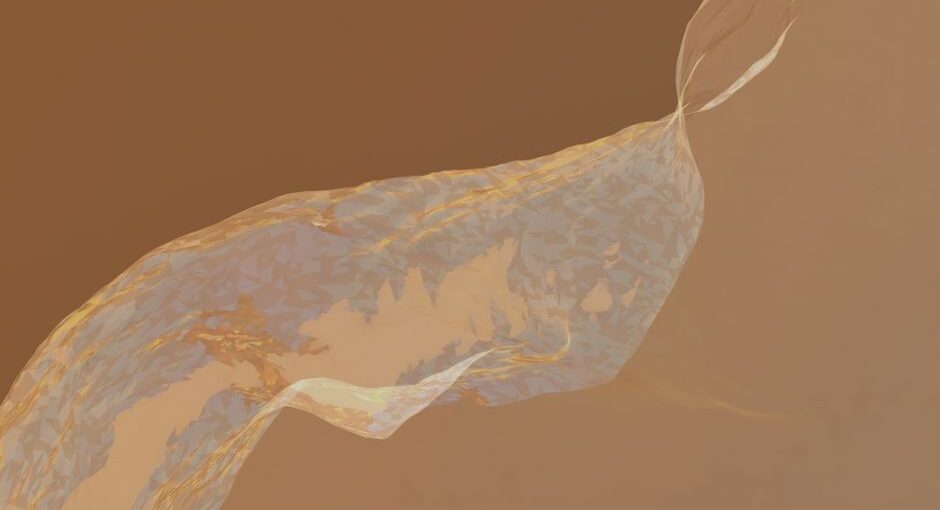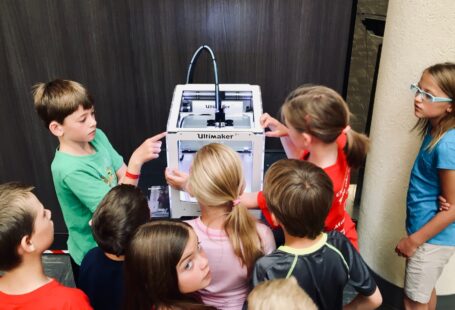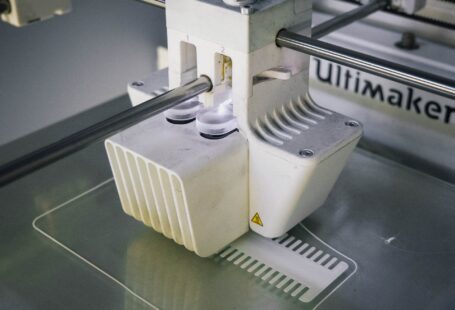In recent years, 3D printing has become increasingly popular among hobbyists and professionals alike. This technology has revolutionized the way we create and manufacture objects, allowing for greater precision and control. One of the most exciting aspects of 3D printing is that it can be used to create objects with materials that are not traditionally used in the manufacturing process, such as latex. Latex is a versatile material that can be used to create a variety of objects with a variety of properties, making it an ideal material for 3D printing. In this article, we will explore the possibilities and challenges of 3D printing with latex.
Advantages of 3D Printing with Latex
The primary advantage of 3D printing with latex is the range of materials that can be used. Latex is a highly elastic material that can be used to create objects with a wide range of properties, from rigid to flexible. It is also relatively lightweight and can be used to create complex shapes with intricate details. Additionally, latex is durable and heat-resistant, making it ideal for objects that require long-term exposure to high temperatures or extreme conditions.
Another advantage of 3D printing with latex is the ability to customize objects. With 3D printing, objects can be designed to meet specific requirements, from size and shape to color and texture. This means that objects can be tailored to meet the needs of any project.
Disadvantages of 3D Printing with Latex
Despite its many advantages, 3D printing with latex does have some disadvantages. One of the most significant of these is the cost of the materials. Latex is an expensive material, and the cost of the materials can quickly add up when creating complex objects. Additionally, the time required to 3D print objects with latex can be quite lengthy, making it difficult to create large objects in a short time frame.
Another disadvantage of 3D printing with latex is that the objects created can be quite delicate. Latex is a highly elastic material, and objects created with it can be quite fragile and prone to damage. It is also difficult to repair objects created with latex, as the material is not easily weldable or repairable.
Conclusion
3D printing with latex offers a range of possibilities for creating objects with unique properties and designs. However, it is important to keep in mind the cost of the materials and the fragility of the objects created when considering this technology. By taking into account the advantages and disadvantages of 3D printing with latex, it is possible to make an informed decision about whether this technology is right for your project.





